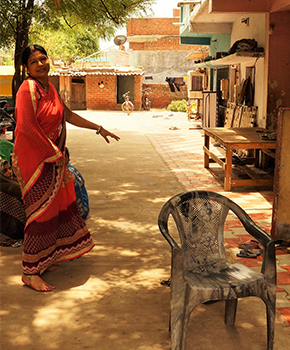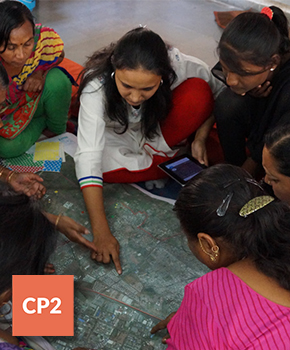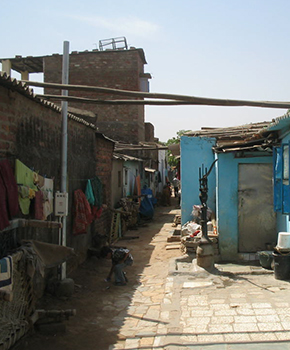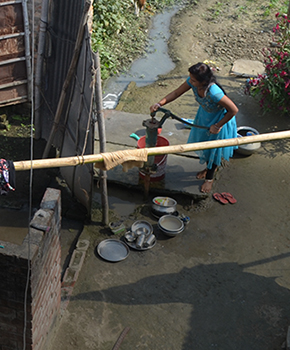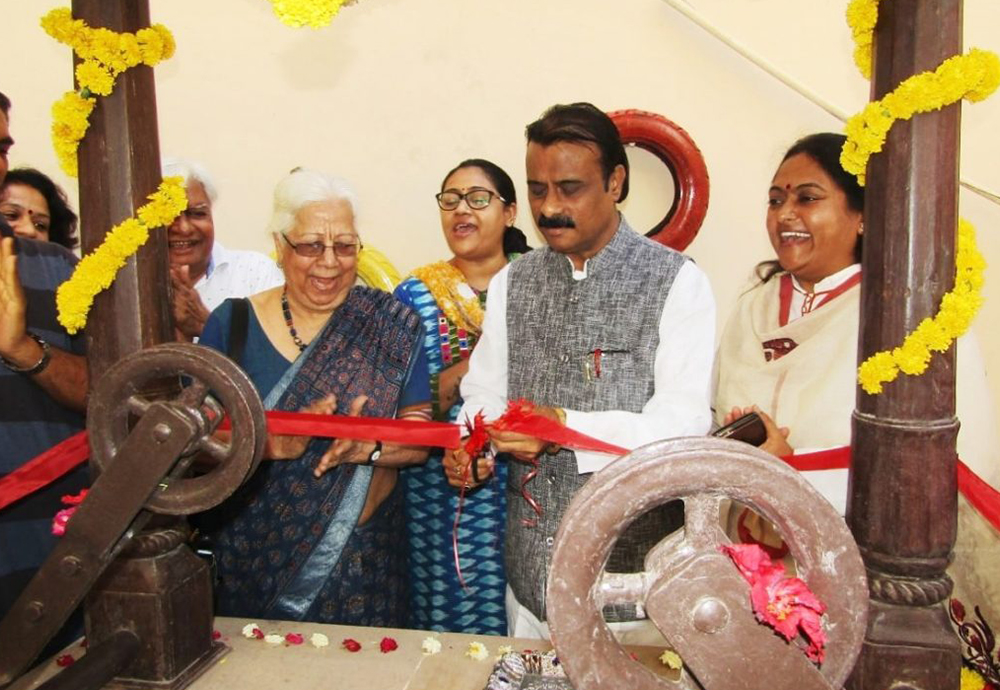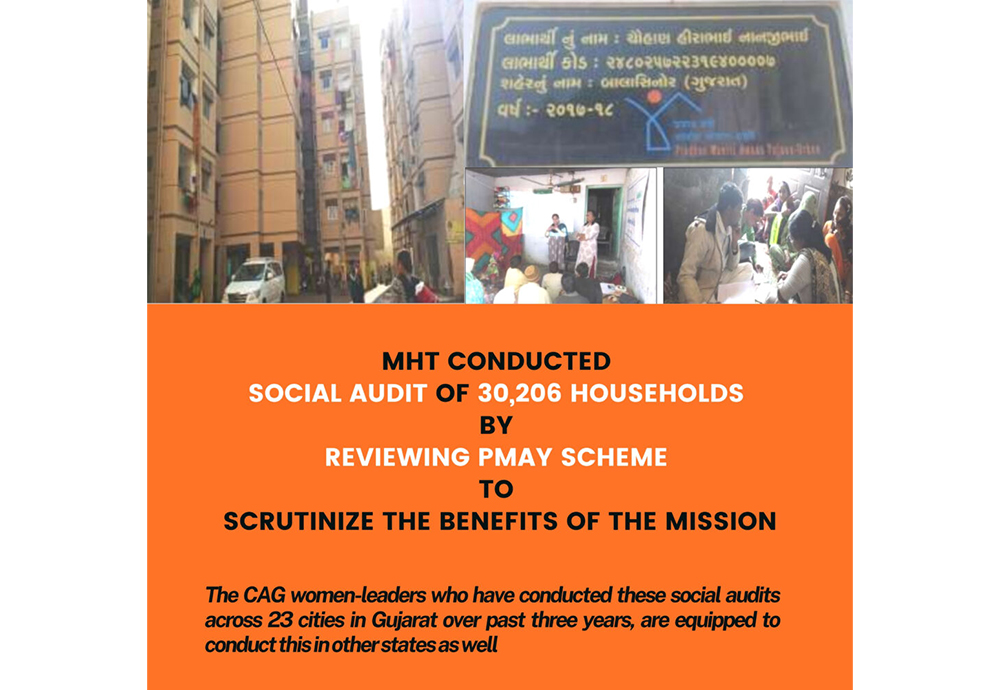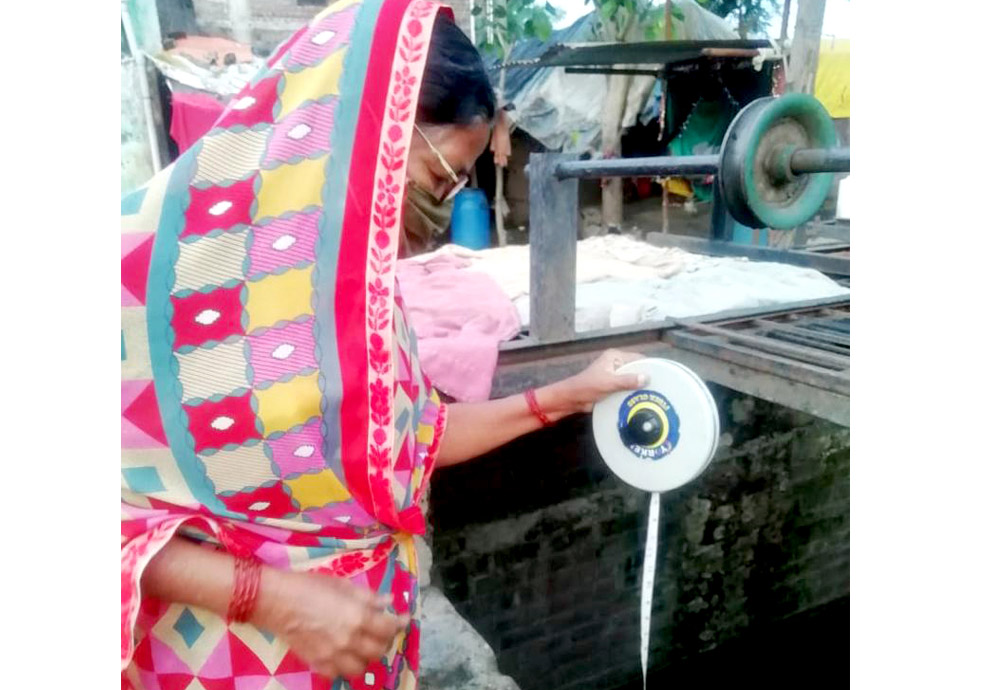Improving Urban Community Infrastructure and Public Spaces
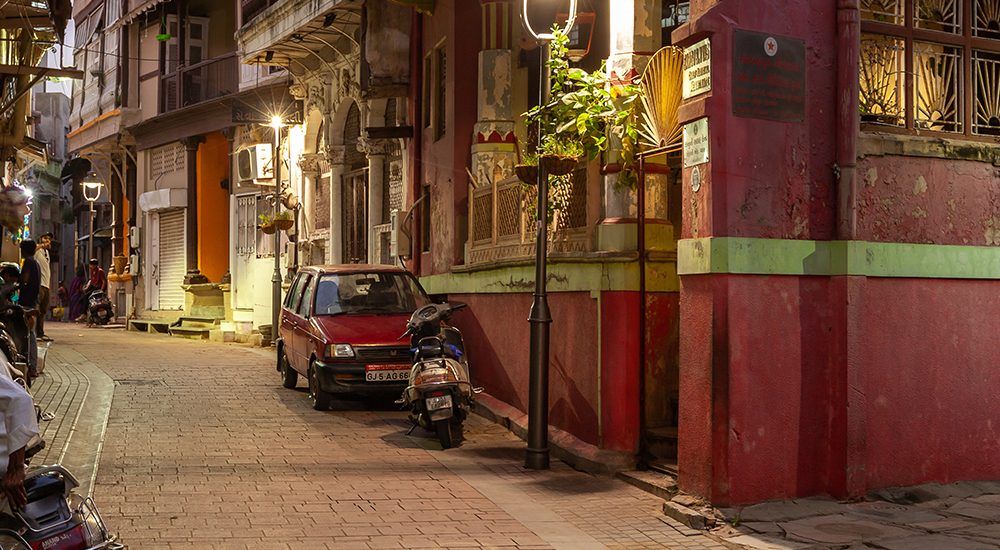
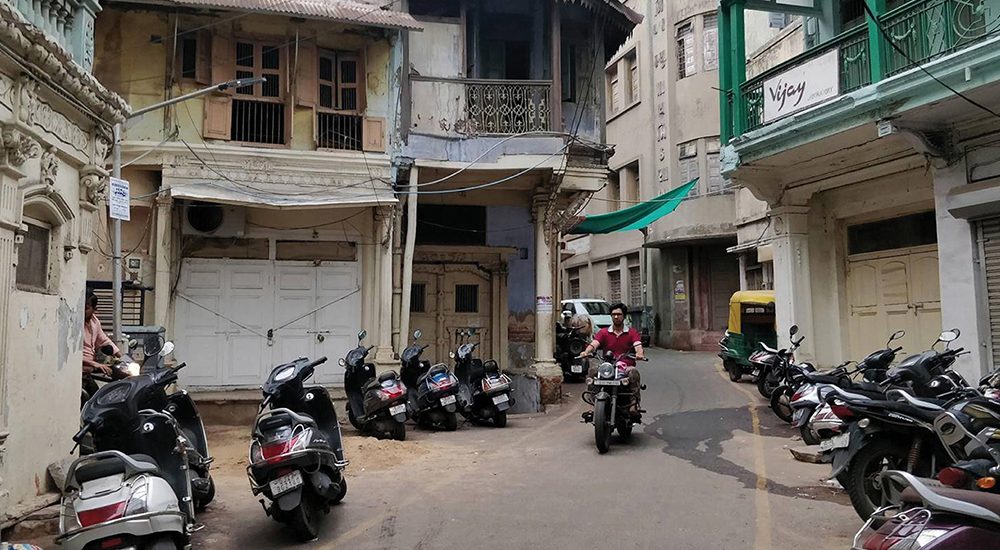
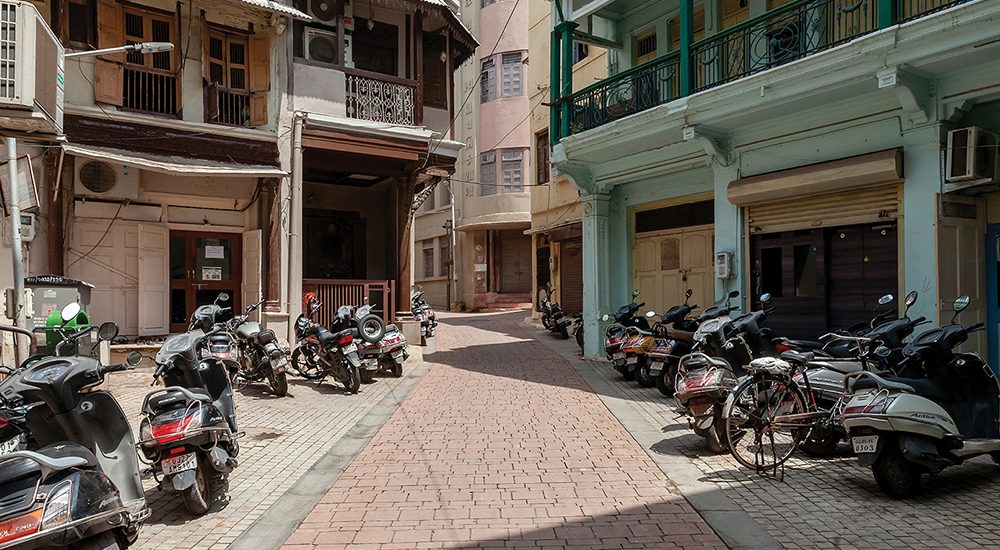
We work with communities to plan and implement public space improvements as well as efficient, dependable, and mobility-related connections that contribute to community in-situ development and an improved quality of life. We leverage public and private finances to fund demonstration projects that can be further replicated and scaled.
Community revitalization and public realm improvements
With investments in improved infrastructure and productive public spaces, low-income neighbourhoods can be transformed into thriving neighbourhoods. Our community centric interventions in Dhal ni Pol, a low income heritage precinct within the Walled City of Ahmedabad, for example, focused on improving the public realm while generating awareness on the importance of heritage preservation. The interventions have resulted in a greater sense of pride among the community residents and have generated livelihoods for women.
In Amalner, MHT working with local communities on greening vacant plots of land used as open defecation sites. In addition to becoming functional community spaces, greening also helps in increasing groundwater levels, reducing the heat island effect, improving food security, and enhancing biodiversity.
Advancing safety and walkability in streets and public spaces
MHT paved well-planned pathways and well-lit streets inside and outside of informal settlements, greatly decreasing the growth of illegal businesses and criminal activity while also enhancing accessibility and public safety, particularly for women.

